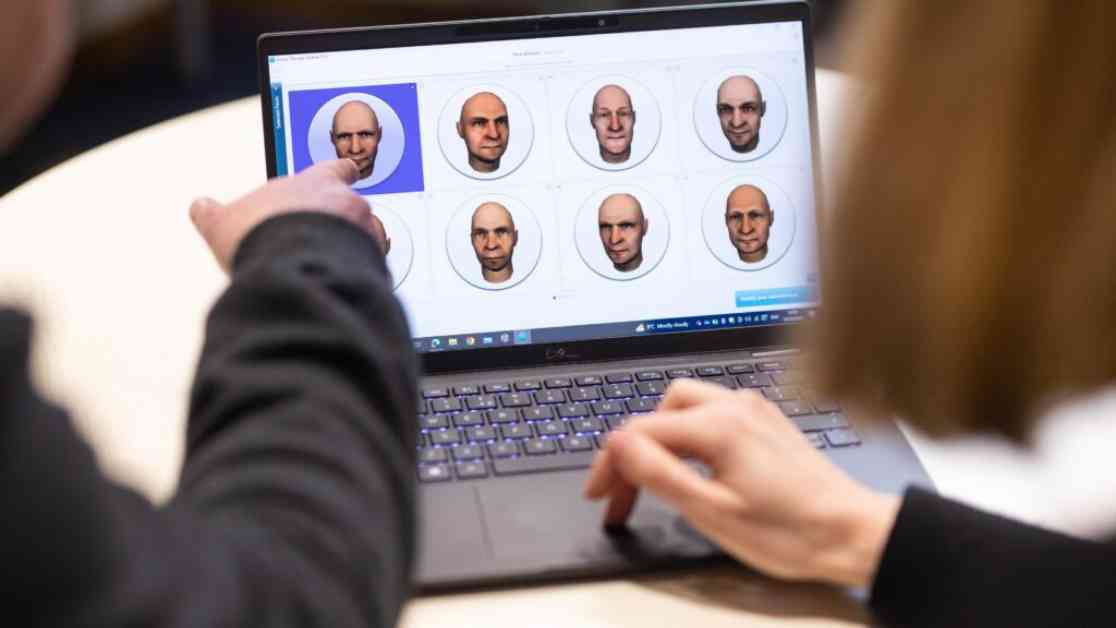A new digital therapy has shown promising results in treating auditory verbal hallucinations, a common symptom in people with psychosis, particularly schizophrenia. The therapy involves using digital avatars that resemble the voices in the person’s head, allowing them to externalize and gain power over the hallucinations. This therapy has been found to reduce the distress, severity, and frequency of these voices after 16 weeks of treatment.
Previous treatments for auditory hallucinations, such as drugs or cognitive behavioral therapy, have been largely ineffective, leading researchers to explore alternative methods. Avatar therapy, developed over a decade ago, has gained more attention due to its recent study with a larger sample size and geographic spread, showing positive results in reducing the impact of voices.
In avatar therapy, the person works with their therapist to create an avatar that represents the voices they hear. The therapist then guides the patient in a conversation where they confront the avatar, challenging the negative thoughts and building self-esteem. The therapy has shown improvements in voice-related distress, severity, empowerment, mood, and well-being compared to a control group.
While the therapy has shown promise, there are concerns about its replicability and high dropout rates among participants. Some experts believe that the therapy may not be suitable for everyone, but for those who complete the sessions, it can be highly effective in empowering the individual to confront and manage their voices.
The therapy has received recommendations for testing in NHS settings in England and Wales, with plans to expand the research to other countries like Ethiopia and India. However, in the United States, where access to novel behavioral therapies for psychosis is limited, the availability of avatar therapy may take longer.
Despite the positive results of the therapy, some experts caution against overhyping digital behavioral therapies like avatar therapy. They emphasize the need for a realistic understanding of the therapy’s benefits and limitations, particularly regarding the diverse nature of auditory hallucinations and the challenges of participant retention.
Overall, avatar therapy offers a novel approach to treating auditory hallucinations in psychosis, providing individuals with a tool to confront and reduce the impact of these distressing voices. As research and development continue, it will be important to consider the individual needs and experiences of each person undergoing this therapy to maximize its effectiveness.

















